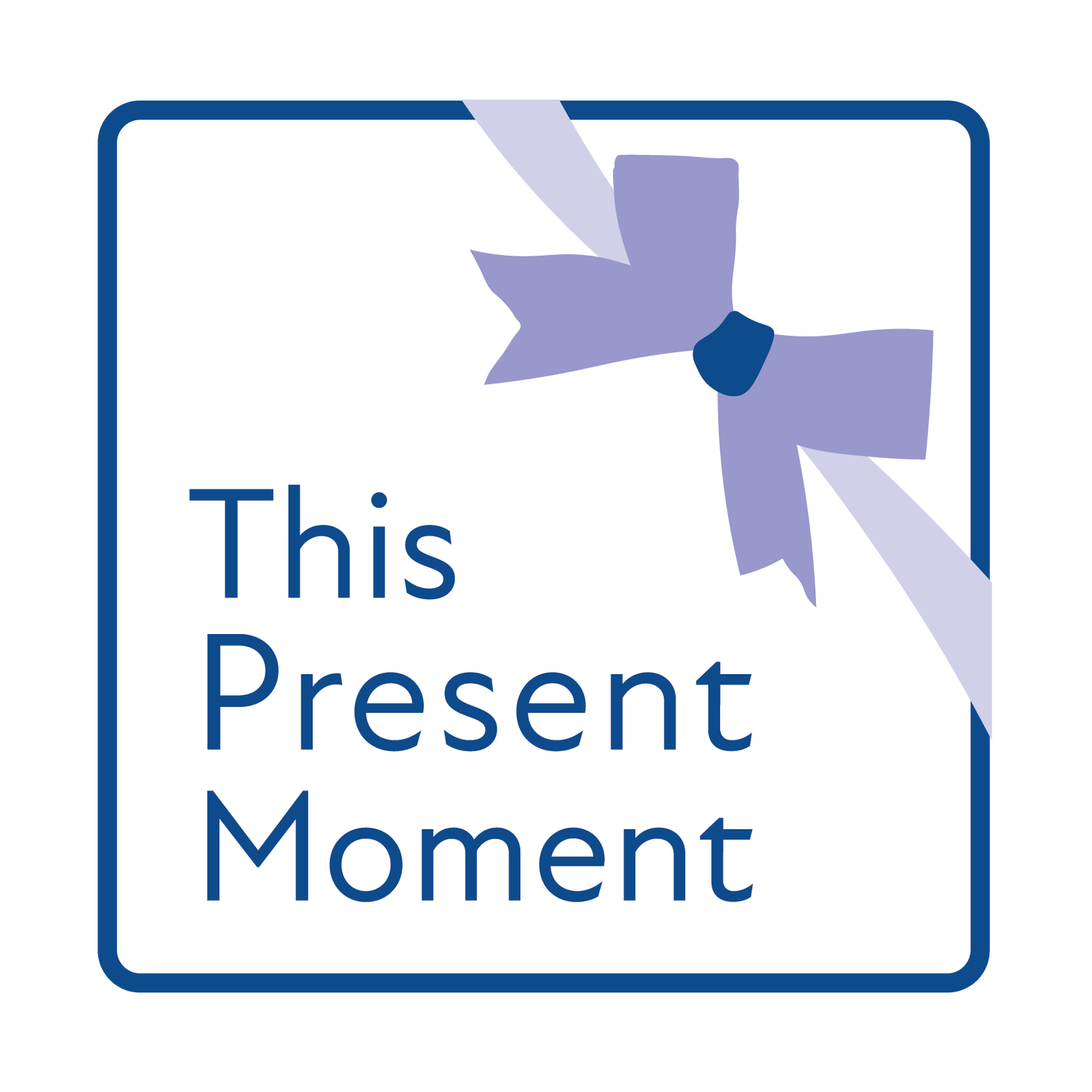10 Things I’ve Learned Since Creating My Book
Creating ‘Words Without Stories’ was obviously a very personal project for me. I knew my mum could read - she would hold onto greetings cards, study them, and say the odd word. And I couldn’t find quite the ‘right’ book out there for her.
Everything had too much of a story, too many images of people (I think this can be confusing to someone with dementia - ought they know these people?), or was aimed at children.
There were challenges over books being large and hard back, which she couldn’t hold for herself, and mostly, they were from the US, which made the spelling grate on me. That might seem like a small thing, but when you’re looking together at the same thing, over and over again, let me tell you, it gets annoying.
Published by Amazon in May 2023, ‘Words Without Stories’ was my way of creating exactly what I wanted, and sharing it in case anyone else wanted it, too. Here’s what I’ve learned, since it came out.
1.Other people needed this, too.
You do get a bit locked in your own world, with your loved one, when they have dementia, and sometimes you’re not quite sure whether what you’re experiencing is the same as everyone else. There’s a tendency to think “if other people wanted this, it would already exist”. But, actually, with a small, niche market, the people who might want something will make do with whatever’s available, because they’re used to being overlooked.
2.Very striking images are important.
I knew this, but I was very focused on the person with dementia, and, as it turns out from the feedback I have, they are really important for the accompanying reader, too.
3.Large font is important.
Again, no shocks here! My mum used to wear glasses and no longer does, so a larger font is useful for her, but it’s also good for me, when I (also short-sighted) am sat next to her, or even opposite her, as she reads on her own. It helps me pick out when she says a word from the page she’s on.
4.People will fixate on a page, and go back to it over and over. But, on another day, they’ll prefer a different page or image entirely.
I used to think of dementia as a very linear thing - before I was actually dealing with it. Now I know that likes, interests and preferred activities can change, literally, from moment to moment.
5.There are words my mum reads, but struggles to say, while others come easily.
My mum can read, and say, the word ‘performance’, no problem. But will struggle with shorter words that start with an ‘s’.
6.People like to be able to share images of their own loved ones.
I’m incredibly honoured that people send me photos of their loved ones enjoying the book. I think my Facebook page, where I regularly feature photos from visits to my mum, encourages showing where your loved one is at, in a way that feels like a positive environment. (To be fair, I don’t mind what it is, I just love seeing the photos).
7.One book isn’t going to be enough
I am sure that my mum could keep reading the same book, forever. However, as the accompanying reader, I will get bored, so ideally, there needs to be a series.
I’m thinking of new themes, as I type.
8.The book has wider applications than I had considered.
This is, of course, part of my ‘locked in my own little world’ thing. It wasn’t until someone who works with adults with aphasia contacted me that I had considered the other memory problems that it may be helpful for (feedback - having questions in the book was particularly useful).
9.The cover is handily ‘wipe clean’
A practical point I had never considered, but the ‘paperback but glossy’ design has proven to be chocolate cake proof, according to one customer.
(* This is not a guarantee).
10.You’re not going to get rich from book sales, so you may as well give a bit to charity.
If I wanted to make a lot of money, self-publishing a book was not the way to go about it. Luckily, I just wanted to make something that I couldn’t find, so I can maintain £1 from each sale of the book going to Alzheimer’s Society ongoing, and hopefully do the same with future books, too.



